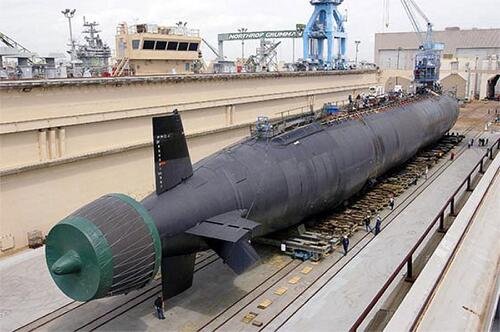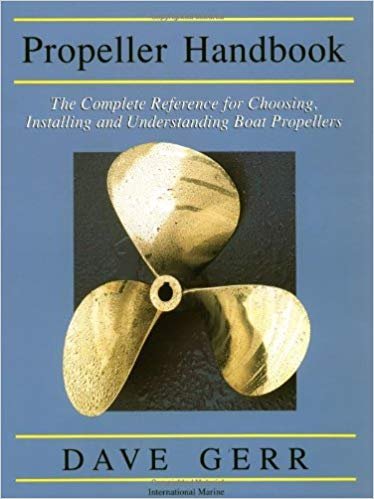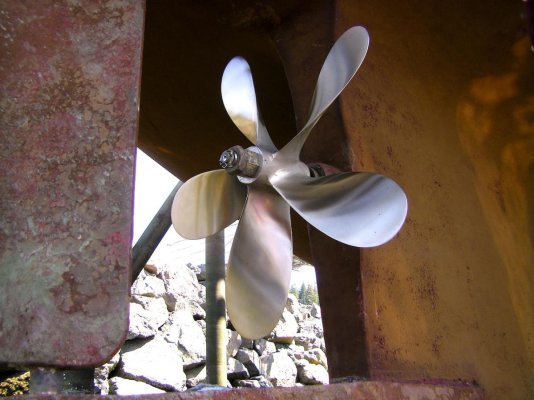Prop blades
Props selection are both scientific calculations & some artistic sense combined. It can be a very complicated thing to work out comparisons on as so many variables. There is not enough room here on the forum to go very deep in to this subject, as there are so many variables. Maybe one of our TF friends here can do a short synopsis for us, but I know from aircraft props, it is not simple.
A lot depends on what you want to change ?
What is your goal you want to achieve with this proposed change ?
How much room do you have on the vessel Hull & how much HP do you have on tap & what speeds do you want to run at.
If there is not room to increase the diameter & the pitch would have cavitation occur at the RPM range of operation, then add blades to transfer the HP to the water to push your boat.
Pitch & diameter, if there is room, can both be changed & still stay with the same number of prop blades & the size of the blades can be varied as well for surface area of the blades & how much over lap they have, etc.
To give you a simple answer -- All things being equal - and they seldom ever actually are - 3 blade prop is more efficient than a 4 blade - but the 4 blade is quieter.

Again, All things being equal - and they seldom ever actually are - If your towing or drag boat racing, a 4 blade accelerates out of the hole better than a three blade, but you would have a faster top speed with the three blade.
The surface area of your prop & the pitch or bite of the blades along with the propeller diameter all contribute to your drive forward, so does the number of blades, but all also contribute to drag as well. Different pitch is more efficient at different shaft speeds and can have more or less cavitation at other loads or speeds. Vessel hydrodynamic & hull shape & depth in the water all create drag of various levels & displacement effects the load and hull shaping drag that is resistance you need HP to over come, to give you the speed or efficiency you want when you input HP to the prop to over come the drag to move the vessel through the water, but different law of physics occur between displacement speeds & plaining speeds.
If you put to much prop on the shaft & then don't have the HP, then the engine can't pull it.

Nuclear subs have more excessive HP, and they must NOT have cavitation of the prop when they feed lots of HP in to the prop to drive the vessel. Other wise it makes noise. Sub's are war machines & have special specifications that must be met for things we don't necessary need.

We do not have the HP that they have.

so some of the assumptions you might make are not really valid.
If you want to go to a 5 blade prop, you better have the extra HP to drive it or you will have a big disappointment.

Look at the Nordhavn 56 motor sailor, it has a variable pitch prop & you adjust that just like I do on my aircraft to have better efficiency at different speeds & loads.
Good Luck & let us know what you find out.
Thanks.
Alfa Mike


 !
!


 so some of the assumptions you might make are not really valid.
so some of the assumptions you might make are not really valid.

 .
.
